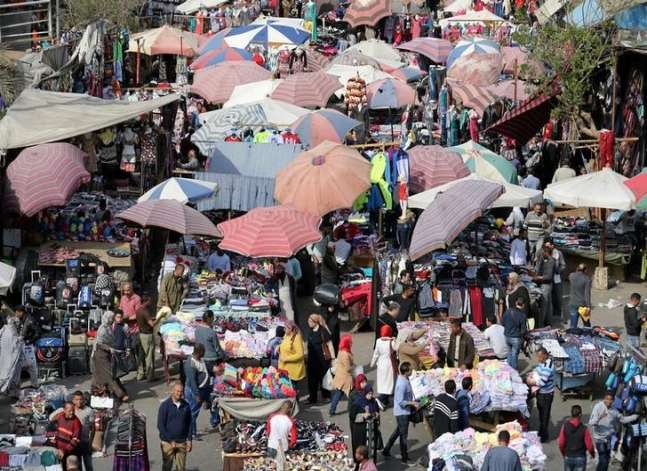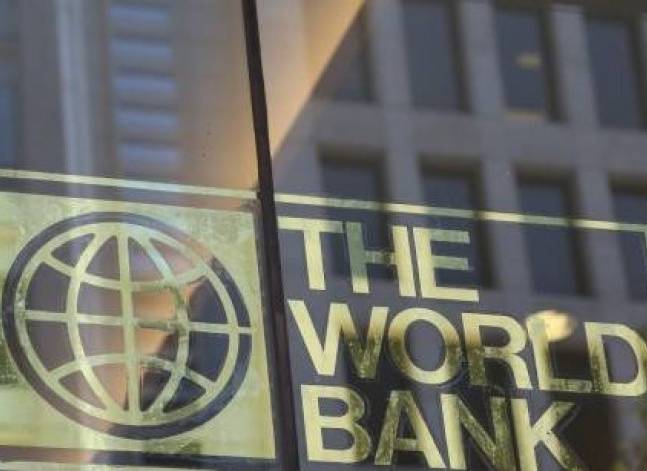Egypt population reaches 91 million, grows 18 per cent in eight years

Egypt's population reached 91 million by the end of August 2012, the country's official statistics body, CAPMAS, announced Thursday.
Around 83 million Egyptians live inside Egypt, while an estimated eight million live outside, based on figures from the Ministry of Foreign Afairs.
The male to female ratio is almost equal, with some 45 million of each sex.
The number marks a growth of 18 per cent since the last census in 2006, when the Egyptian population was estimated at 76.5 million.
Egypt's fertility rate is 2.73 births per woman, a level almost equal to the Middle East and South Asian average, but higher than Latin America, North America, Europe and Central Asia.
The US Census Bureau estimates that the Egyptian population living inside the country will reach 103,742 million by 2025, averaging 1.6 annual growth rate.
Cairo registered the largest population with around nine million residents, followed by Giza at 7.8 million, then Sharqiya at 6.7 million. Together, these three governorates constitute a quarter of Egypt's population.
South Sinai, El-Wadi El-Gedid and the Red Sea governorates are the least populated with less than one per cent of the population.
The 2006 census stipulated that around 57 per cent of the population lives in rural areas and the rest in urban centres.
Population density in Egypt reached 1066 per kilometre square, with Cairo marking the heaviest density at 46,349 per kilometre squared, followed by Giza. Cairo is Egypt's smallest governorate in terms of area.
Population is concentrated in 7.7 per cent of Egypt’s total area, mainly the Nile Valley and the Delta.









facebook comments